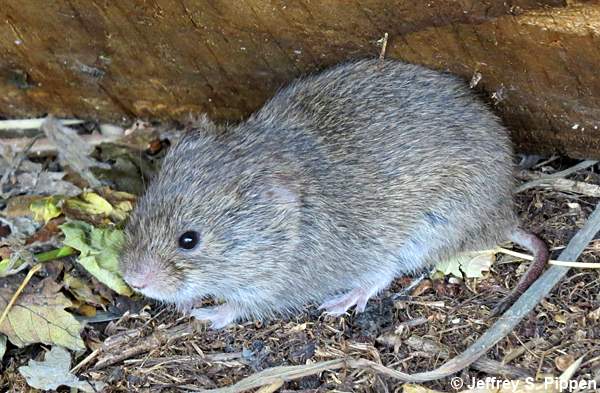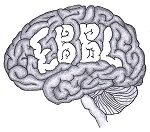In this final blog post I’ve decided to explore a fascinating and cheesy correlate of the topics we’ve already discussed: romantic love. Love, infatuation, romantic couple affection is one of the great mysteries of human life, and with the help of increasingly sophisticated technology and brain imaging, we can now take a look at what it looks like in our brains. Love is the ultimate emotion, the ultimate feeling, what many people would answer when asked what is the meaning of life; it’s inspired novels, poems, songs. To quote Lana del Rey:
“They say that the world was built for two/ Only worth living if somebody is loving you.”
But, what is all this emotion, this chaos, this abandon? This blog post will restrict itself to a description and analysis of what happens in our brains when our romantic feelings are triggered, without seeking to explain how those feelings get there in the first place. However, knowledge of these mechanisms can shed some light into the descriptions of love that people and poets have described over all of history.
Love, like sex, is a rewarding and pleasurable experience our brains are wired to seek and enjoy. Love and lust are neurobiologically complementary and correlated, which makes evolutionary sense since they are both species-survival mechanisms. We copulate to have offspring and we fall in love to better care for them.
The experience of romantic love is headed by three major neuromodulators: dopamine, oxytocin, and vasopressin (Debiec, 2007). Dopamine is the primary pleasure neurotransmitter of the brain’s reward circuitry, which plays an important role in both sexual arousal and romantic feelings. While all mammals find sex rewarding, humans (as well as other pair bonders) also register the individual mate as rewarding. When looking into the face of our loved one our reward circuit (VTA, striatum, nucleus accumbens) gets flooded with dopamine, not unlike when we have sex or take drugs (Aron et al., 2005).

Oxytocin and vasopressin are more intimately related to attachment and bonding. They are key hormones for both romantic and maternal attachment, being released during orgasm, childbirth, and breastfeeding. They’re concentrations also increase during the initial phase of pair bonding. The importance of oxytocin and vasopressin in pair bonding has been most significantly studied in their roles on the reproductive habits of voles (de Boer et al., 2012).

Prairie Voles

Montane Vole
Studies have found that volume of oxytocin and vasopressin receptors are the key difference between prairie and montane voles, the former of which is a monogamous pair bonder while the later is sexually promiscuous like most mammals. When receptor volume is changed in either species they change copulatory behaviors, highlighting the neurological basis of bonding behaviors (de Boer et al., 2012)

Prairie voles become promiscuous when vasopressin is blocked
However, equally interesting is what isn’t activated. When looking at our beloved, key areas of our brains decrease activation: the amygdala, frontal frontal cortex, parietal cortex, and middle temporal cortex. The amygdala is concretely implicated in fear and anger, meaning that decreased activation suggests a lessening of fear (Zeki, 2007). This might explain why we feel so safe and happy in our beloved’s arms. Conversely, this might be a direct mechanism that facilitates pair bonding itself, given the vulnerability and trust that forming a loving relationship entails. A decrease in amygdala activity is also present during orgasm.
The frontal cortex is the center of executive functioning, judgement, and logic, all of which get thrown overboard in love. This is due to decreased activation in this brain area, which translates to a “suspension in judgement or a relaxation of judgemental criteria by which we judge other people” (Zeki 2007). We seek for people to love us in spite of our shortcomings; turns out they literally don’t see them! Or at least they judge them less harshly because their frontal cortex is drugged by infatuation. The neuroscience proves it, love is illogical.

This is what doesn’t happen because of deactivation in the frontal cortex
Finally, our infatuation produces a decrease in the brain areas associated with “mentalizing” and “theory of mind,” namely the prefrontal cortex, parieto-temporal junction, and the temporal poles. These are the structures responsible for being able to identify other people’s emotions and ascribing reasons for them. Zeki (2007) explained this finding by highlighting that these areas are implicated in the conceptual distinction between the self and the other, therefore their deactivation is necessary for reaching the merging and unity lovers seek with each other. As the popular salsa song Me Repito says “ya no distingo entre tu cara y la mia” (I don’t distinguish between your face and mine anymore).
This explains a lot
So, today you’ve taken a peek at the mechanisms behind lover’s euphoria. A flooding of dopamine makes you feel exalted and elevated, increase in oxytocin and vasopressin induce bonding behavior while a decrease in amygdala activity makes you feel even better and promotes trust in your partner. Helpfully, a decrease in the frontal cortex makes you overlook your partner’s flaws and be willing to do anything for your relationship. Finally, deactivation in the “mentalizing” areas of the brain provide you with a sense of unity in love, which we so crave.
As we can see, romantic love has many correlates with sexual attraction and arousal. Romantic love has the further advantage that the rewarding stimulus is extended to the beloved as a person and probably includes sexual activity. Indeed, ideally they complement one another: there’s a reason why people refer to sex as making love.
Sources:
Aron, A., Fisher, H., Mashek, D. J., Strong, G., Li, H., & Brown, L. L. (2005). Reward, motivation, and emotion systems associated with early-stage intense romantic love. Journal of neurophysiology, 94(1), 327-337.
de Boer, A., Van Buel, E. M., & Ter Horst, G. J. (2012). Love is more than just a kiss: a neurobiological perspective on love and affection. Neuroscience, 201, 114-124.
Dębiec, J. (2007). From affiliative behaviors to romantic feelings: a role of nanopeptides. FEBS letters, 581(14), 2580-2586.
Zeki, S. (2007). The neurobiology of love. FEBS letters, 581(14), 2575-2579.
